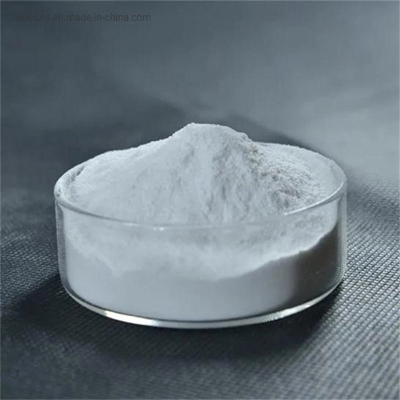Satellite pictures of plant life on earth
-
Last Update: 2013-06-27
-
Source: Internet
-
Author: User
Search more information of high quality chemicals, good prices and reliable suppliers, visit
www.echemi.com
On June 26, Beijing time, foreign media reported that recently, scientists have spliced together the pictures taken by the powerful U.S Sumi NPP satellite to observe the earth in one year, producing this very detailed picture of the earth observed from space, showing the life of plants on the earth These amazing maps of the earth's vegetation highlight the most dense and barren areas of the planet, while the rest of the planet's 75% area is covered by blue oceans The deepest green area represents lush vegetation, while the gray area represents the terrain where plant life is very sparse due to desert, rock, snow or urban expansion The soMi national polar orbiting partnership (NPP) is a small truck sized spacecraft, 824 kilometers above the earth The $1.5 billion satellite was used to collect short-term weather forecasts and long-term climate model data as part of a joint NASA / NOAA project In this year long visualization, you can see the subtle vegetation changes clearly The large-scale pattern changes greatly with the change of seasons, but the change of local vegetation is also highly sensitive to rainfall, drought and fire The latest images of the soMi national polar orbit partner satellite are based on data collected between April 2012 and April 2013 using the visible infrared imager / radiometer Suite (viirs) on the satellite The device is used to detect changes in the reflection of light on the earth, which can be used as a better indicator of the health of vegetation on the ground Measurements of how vegetation changes over time will affect climate and ecological predictions, NOAA officials said For example, minute and pixel changes can be used as early warning of drought, fire conditions or potential malaria outbreaks These data will be integrated into NDVI, a measurement of plant growth, vegetation cover and biomass (per unit area or volume) based on light reflection Higher NDVI indicators suggest lush and healthy vegetation, while lower indicators represent sparse or overburdened vegetation, which may be experiencing drought, according to NASA.
This article is an English version of an article which is originally in the Chinese language on echemi.com and is provided for information purposes only.
This website makes no representation or warranty of any kind, either expressed or implied, as to the accuracy, completeness ownership or reliability of
the article or any translations thereof. If you have any concerns or complaints relating to the article, please send an email, providing a detailed
description of the concern or complaint, to
service@echemi.com. A staff member will contact you within 5 working days. Once verified, infringing content
will be removed immediately.






